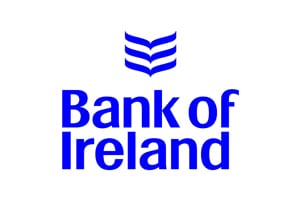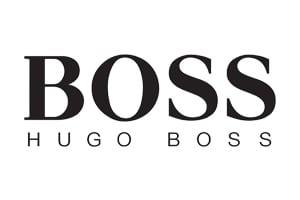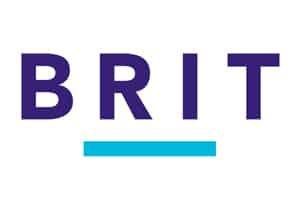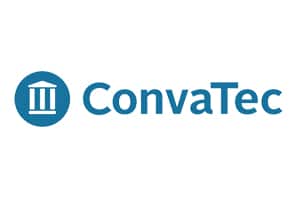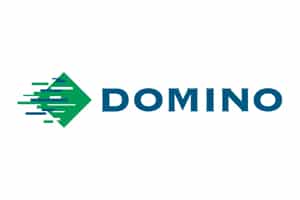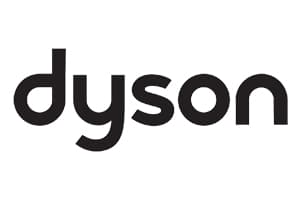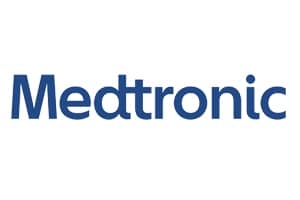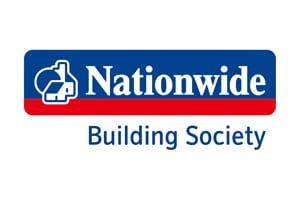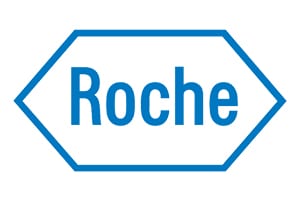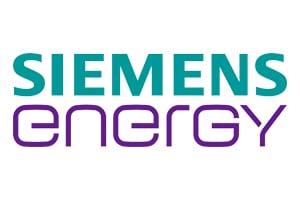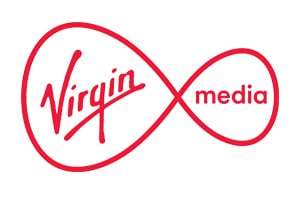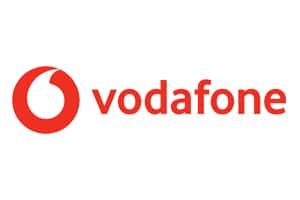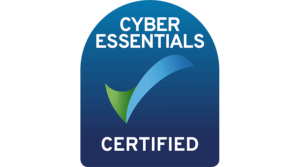Info
Advanced Certified ScrumMaster Resources
Chapter 1 – Advanced ScrumMaster
Suggested Reading and References
- Anderson, D. (2010). Kanban: Successful Evolutionary Change for Your Technology Business. Blue Hole Press.
- Atkins, L., Spayd, M. (2011) Developing Great Agile Coaches – Towards a Framework of Agile Coaching Competency – Part I. Agile Coaching Institute.
- Coplien, J. (2004). Organizational Patterns of Agile Software Development. Prentice Hall.
- Poppendieck, M., Poppendieck, T. (2003). Lean Software Development an Agile Toolkit. Addison-Wesley.
- Poppendieck, M., Poppendieck, T. (2006). Implementing Lean Software Development: From Concept to Cash. Addison-Wesley.
- Schwaber, K., Beedle, M. (2001). Agile Software Development with Scrum. Pearson.
- Tabaka, J. (2006). Collaboration Explained: Facilitations Skills for Software Project Leaders. Addison-Wesley.
Further References
- Greenleaf, R. (2002). Servant Leadership 25th Anniversary Addition: A journey into the Nature of Legitimate Power & Greatness.
- Hunt, A., Thomas, D. (1999). The Pragmatic Programmer. Addison-Wesley.
- Takeuchi, T., Nonaka, I. (1986). The New, New Product Development Game. Harvard Business Review.
Chapter 2 – Facilitation
Suggested Reading and References
- Atkins, L. (2010). Coaching Agile Teams. A Companion for ScrumMasters, Agile Coaches, and Project Managers in Transition. Addison-Wesley.
- Derby, E., Larsen, D. (2006). Agile Retrospectives: Making Good Teams Great. The Pragmatic Programmer.
- Gray, D., Brown, S., Macanufo, J. (2010). Game Storming: A Playbook for Innovators, Rulebreakers and Changemakers. O’Reilly.
- Kerner, S. (2014). Facilitator’s Guide to Participatory Decision-Making, Third Edition. John Wiley & Sons.
- Tabaka, J. (2006). Collaboration Explained: Facilitations Skills for Software Project Leaders. Addison-Wesley.
Chapter 3 – Coaching
Essential Pre-Reading/Resources
- ICF Core Competencies
Suggested Reading and References
- Andrew, G. K. (2009). Oscar coaching model: Simplifying workplace coaching. S.l.: Worth Consulting Ltd.
- Cavanagh, M., Grant, A., & Kemp, T. (2005). Evidence-based coaching: Volume 1. Bowen Hills: Australian Academic Press.
- Cook, S. (2009). Coaching for high performance: How to develop exceptional results through coaching. Ely: IT Governance Publishing.
- Gallwey, W. T. (1974). The inner game of tennis. New York: Random House.
- International Coach Federation (2013). Need Coaching?
- Kimsey House, H., Kimsey House, K., Sandahl, P., & Whitworth, L. (2011). Co-Active Coaching: Changing Business Transforming Lives (Third Edition). London: Nicholas Brealey.
- Kline, N. (1999). Time to Think. London: Ward Lock.
- Parsloe, E. (1995). Coaching, mentoring, and assessing: A practical guide to developing competence. New York: Kogan Page.
- Seligman, M. E. (2003). Authentic happiness: Using the new positive psychology to realize your potential for deep fulfillment. London: Nicholas Brealey.
- Whitmore, J. (1992). Coaching for performance. London: Nicholas Brealey.
- Whitmore, J. (2009). Coaching for performance: GROWing human potential and purpose : the principles and practice of coaching and leadership. Boston: Nicholas Brealey.
Chapter 4 – Service to the Development Team
Suggested Reading and References
- Snowden, D. (2010). Cynefin Framework Video
- Eoyang, G H. (2002). Conditions for Self-organizing in Human Systems.
- Hackman, R. (2002). Leading Teams: Setting the Stage for Great Performances. Harvard Business Review Press.
- Lencioni, P. (2002). The Five Dysfunctions of a Team: A Leadership Fabel. Jossey Bass.
- Pascale, R., Millemann, M., Gioja, L. (2000). Surfing the Edge of Chaos: The Laws of Nature and the New Laws of Business”. Three River Press.
- Pink, D. (2009). Drive: The Surprising Truth About What Motivates Us. Riverhead Books
Chapter 5 – Service to the Product Owner
Essential Pre-Reading/Resources
Agile Product Ownership in a Nutshell: Henrik Kniberg
Suggested Reading and References
- Adzic, G. (2012). Impact Mapping: Making a Big Impact with Software Products and Projects. Provoking Thoughts.
- Cohn, M. (2004). User Stories Applied: For Agile Software Development. Addison-Wesley.
- Golhelf, J. Seden, J. 2nd Revised edition edition (1 Nov. 2016). Lean UX: Designing Great Products with Agile Teams. O’Reilly.
- Gray, D., Brown, S., Macanufo, J. (2010). Game Storming: A Playbook for Innovators, Rulebreakers, and Change Makers. O’Reilly.
- Patton, J. (2014). User Story Mapping: Discover the Whole Story, Build the Right Product. O’Reilly.
- Pichler, R. (2010). Agile Product Management With Scrum: Creating Products that Customers Love. (Addison-Wesley).
- Watts, G. (2017). Product Mastery: From Good to Great Product Ownership. (Inspect & Adapt).
Chapter 6 – Agility at Scale
Suggested Reading and References
- Larman, C., Vodde, B. (2009). Scaling Lean and Agile Development: Thinking and Organisational Tools for Large-Scale Scrum. Addison Wesley.
- Larman, C., Vodde, B. (2016). Large Scale Scrum: More with LeSS. Addison Wesley.
- Leffingwell, D. (2016). SAFe 4.0 Reference Guide: Scaled Agile Framework for Lean Software and Systems Engineering. Addison Wesley.
- Canonico, M., Kuhnel, F., Malik, Z., Pearson, C., Reynolds, T. (2018). Enterprise Agile Manifesto.
